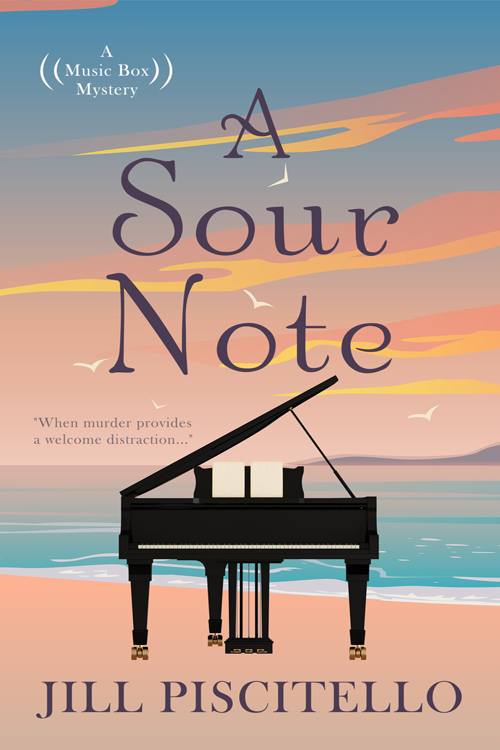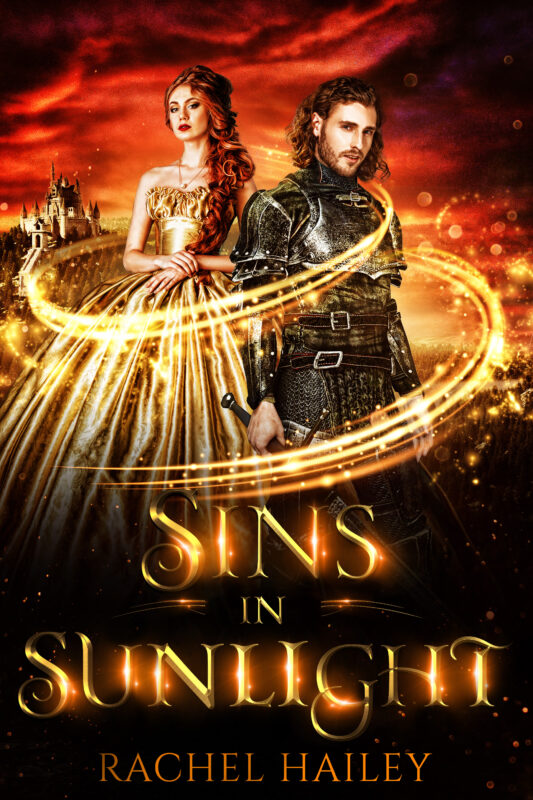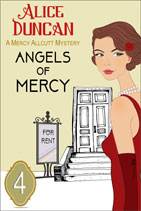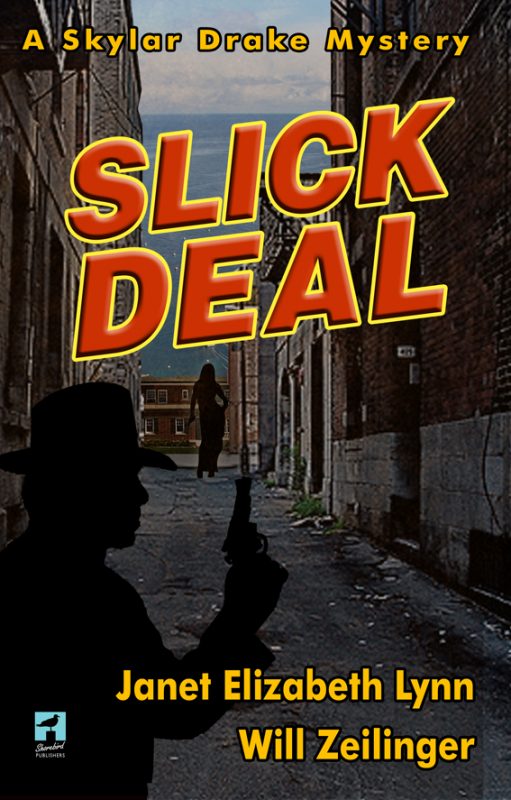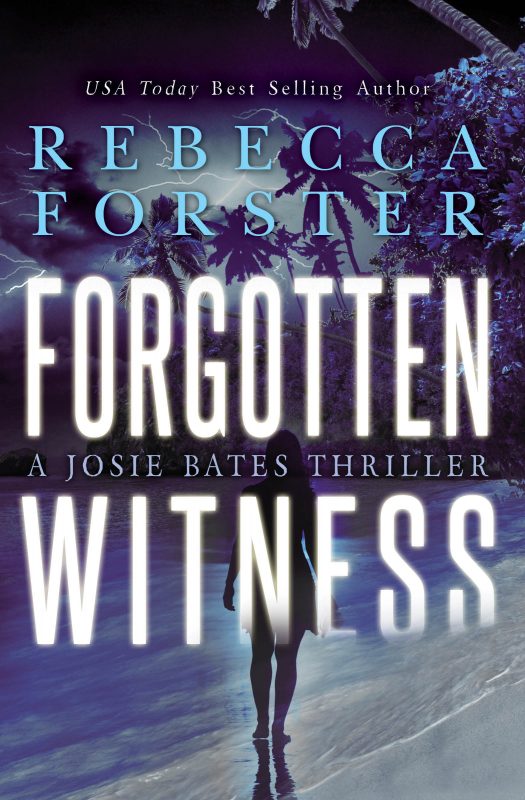Top Ten Popular Holiday Toys from the 1960s
December 3, 2023 by Janet Elizabeth Lynn and Will Zeilinger in category Partners in Crime by Janet Elizabeth Lynn & Will Zeilinger tagged as 1960s Research, 1960s Toys, Christmas, working writers
I thought it would be fun to look back at the popular toys given for the holidays during the 1960s. This research brought back a flood of memories as both receiving them for gifts and buying them for the younger ones in my family. Hope you enjoy this walk down memory lane, also.

1. Army Men, or plastic soldiers of unbreakable plastic commonly molded in olive green. In the early 1950s Louis Marx and Company sold bagged or boxed sets of plastic military figures and accessories called play sets. Dressed in modern military uniforms and armed with WWII weapons, these army men were sold at low prices in discount stores and supermarkets.
Note: The makers of the green army men announced that army women would be sold in 2020. Gummy army men candy is now also available.


2. Die-cast metal toys High quality collectible, metal toys were produced using the die casting method, i.e. putting molten lead or zinc alloy in a mold to make a particular shape. Such toys are made of metal, with some parts made of plastic, rubber, or glass.
Dinky Toys was the brand name for a range of diecast, zinc alloy miniature vehicles produced by Meccano Ltd. They were made in England from 1934 to 1979, at a factory in Binns Road in Liverpool.
3. Barbie Doll spin-offs Mattel introduced Skipper Roberts in 1964 as Barbie’s younger sister. It made quite a splash in the Barbie doll world. More “friends” were introduced as the years went on.


4. Hamilton’s Invaders by Remco was a 1964 series of plastic toys modeled after giant insect type monsters, toy soldiers and vehicles. The line was marketed on television during the early 1960s.
4. Hamilton’s Invaders by Remco was a 1964 series of plastic toys modeled after giant insect type monsters, toy soldiers and vehicles. The line was marketed on television during the early 1960s.


6. The Easy-Bake Oven is a working toy oven introduced by Kenner Products in 1963, and later marketed by Hasbro. The original toy used a pair of ordinary incandescent light bulbs as a heat source. Kenner sold 500,000 Easy-Bake Ovens in the first year of production.
7. G.I. Joe is produced by Hasbro in 1963. Initially the figurines represented the four branches of the U.S. armed forces and later on, the Action Nurse. Their marketing focused on the term “action figures” vs “doll” because boys did not play with dolls. Thus, the word “doll” was never used by Hasbro or anyone involved in the development or marketing of G.I. Joe “Action Figures.”


8. By 1964, sales of Batman Merchandise had fallen drastically. Editor Julius Schwartz was assigned to the Batman titles. He presided over drastic changes, which was a “New Look”. Schwartz introduced changes designed to make Batman more contemporary. The Batmobile was redesigned, and Batman’s costume was modified to incorporate a yellow ellipse behind the bat-insignia. More slight modifications followed when the Batman television show debuted in 1966.
9. Kiddles were small dolls originally produced by Mattel. They were introduced at the1966 New York Toy Fair and put on the market soon after. At only three inches tall, they were tiny by conventional doll standards. The sensation they created in the toy world caused other toy companies to produce their own tiny dolls.


10.Disneyland Plastic figurines of Mickey Mouse, and Donald Duck were only available at Disneyland theme park until the advent of Disney World and the Disney mall stores in 1987.
What toys do you remember from the 1960s?
Books by Janet and Will
0 0 Read more
SCANDALS: Spade Cooley
November 3, 2023 by Janet Elizabeth Lynn and Will Zeilinger in category Partners in Crime by Janet Elizabeth Lynn & Will Zeilinger
In the 1950s, Spade Cooley was a beloved national treasure and one of the greatest stars of Western swing. But he soon became famous for something very different when he suspected his wife of having an affair and beat her to death.
Donnell Clyde (Spade) Cooley was an American Western swing musician, big band, leader, actor, and television personality.
Cooley played fiddle with one of the groups that performed at the Venice Pier Ballroom in Venice, California, led by Jimmy Wakely. When Wakely got a movie contract at Universal, Cooley replaced him as bandleader.
Cooley’s 18-month engagement at Santa Monica’s Venice Pier Ballroom in the early half of the 1940s was record-breaking. His first hit was Shame on You, recorded in December 1944, and was No. 1 on the country charts for two months. The song was the first in a string of six Top Ten singles, including Detour and You Can’t Break My Heart.



Cooley appeared in 38 Western films in bit parts and as a stand-in for cowboy actor Roy Rogers.
In June 1948, Cooley began hosting a variety show on KTLA-TV in Los Angeles, broadcast from the Santa Monica Pier Ballroom. The show won local Emmy awards in 1952 and 1953. The Hoffman Hayride was very popular. An estimated 75 percent of all televisions in the L.A. area were tuned into the show each Saturday night. However, by 1956, Cooley’s ratings dropped and he was eventually replaced with Lawrence Welk.
Cooley’s career ended when he beat his second wife, Ella Mae, to death on April 3, 1961. His trial hit headlines worldwide, and he was eventually found guilty of first-degree murder. From musical media darling to disgraced violent felon, Cooley was indicted for the murder and convicted of first-degree murder. He was sentenced to life in prison.
Cooley had served about nine years of his life sentence and was in poor health from heart trouble. On November 23, 1969, he received a 72-hour leave to play a benefit concert for the Deputy Sheriffs Association of Alameda County. During the intermission, after a standing ovation, he died of a heart attack.
For a trip down memory lane, listen to Shame on You go to:
Books by Janet and Will, including their newest novel Stone Pub
Everyone Loves Thrillers, Well, Sort of
October 3, 2023 by Janet Elizabeth Lynn and Will Zeilinger in category Partners in Crime by Janet Elizabeth Lynn & Will Zeilinger, Thrillers by Will Janns tagged as new release, Trillers, Will Janns
Thrillers are mostly fast-paced, page-turners that tire out the reader as much as they do the characters in the story.
Janet Lynn and I are writing in this genre for the first time, with our first effort being STONE PUB. We are writing under the name Will Janns, and we’ve learned there are many flavors of thrillers on the shelves.
What kind of a thriller holds the reader’s attention? Every reader is different (just like every writer.)
Some of the best-selling novels in the thriller category have been spy or political thrillers that involve political corruption or terrorism. Plots can center on both real and fictional political events. The stakes are always high and often suggest that life, as we know it, in our nation (or another nation) could end or change for the worse.
But right up there with political or spy thrillers are supernatural/sci-fi/techno-thrillers. I don’t mean to lump them together, but in these stories, crossovers may occur. They may feature fantasy and horror elements and involve some aspect of the supernatural, including fantasy beings, aliens, or time-travelers. The setting might be in the future and imply technology or AI run amok.
Getting back to earth, and I mean way back, are historical thrillers. These thrillers take place sometime in the recent or not-so-recent past. Some thriller novels are set as far back as medieval times.
The Historical Novel Society, an organization promoting historical fiction open to readers and authors alike, defines historical novels as set at least fifty years ago. For books published today, the settings would need to be 1973 or earlier to count as historical fiction.






This fact means the reader will not be reading about contemporary technology such as cell phones, computers, satellites, or high-speed communications. Verbal communications will also be affected by issues of current slang and other contemporary social behaviors.
Next come crime thrillers, which are sometimes variations on whodunits, but often rely on a “ticking clock” or hard deadline to add tension and force the investigator (whether amateur or professional) to solve the crime before the clock runs out. The crimes might involve kidnappings, ransoms, serial killers, hostage-taking, or creative heists. The motives of the antagonists can be as varied as the plot lines.
A natural segue from crime thrillers is the legal thriller, where, many times, the integrity and morals of the lawyers are tested when confronted with unusual circumstances. The legal knowledge required to make these stories believable is what keeps a reader turning the pages.
The mind, both “normal” and “abnormal,” takes center stage in Psychological thrillers. Two brilliant minds are sometimes pitted against each other in an intense battle of wits. These plot-driven thrillers often involve the basic emotions of fear, greed, guilt, lust, and revenge.
In medical thrillers, the characters include medical professionals or scientists who often race against a burgeoning worldwide pandemic or a modern medical advancement gone wrong.
Military thrillers are the final choice when deciding what kind of thriller to read (or write). The protagonists in this subgenre have some connection to the military, or are active members themselves. Combat missions, whether sanctioned or covert, are the setting for these novels. The settings and plots will be based on the intimate workings of military life. The stories often feature military slang, acronyms, specific conflicts, and organizational hierarchies. Active duty and veterans alike will see right through a weak plot or poorly researched storyline, and the author will lose a reader and even a whole audience.
You can see from this, far from complete, listing that there are action-packed, edge-of-your-seat thrillers for almost every taste. If you have been comfortable reading one subgenre, try another and surprise yourself.
Will Zeilinger and Janet Elizabeth Lynn writing as Will Janns
Other Titles by Will and Janet
Scandals: NATALIE WOOD & ROBERT REDFORD
September 3, 2023 by marianne h donley in category Partners in Crime by Janet Elizabeth Lynn & Will Zeilinger tagged as hollywood scandals, Natalie Wood, Robert Redford
Robert Redford told Success Magazine in an interview in 1980, “I was a failure at everything I tried.” He even got in trouble with the law.
He couldn’t hold down a job. Redford even said he used to work at a supermarket as a box boy and got fired. And then his dad found him a job at Standard Oil, and he got fired from that too!
In 1965, Redford got his first spicy role for acting opposite Natalie Wood in Inside Daisy Clover, for which he won a Best New Star Golden Globe.



The two teamed up again in 1966’s This Property Is Condemned. Wood also appeared with him in the 1972 political drama The Candidate, when Redford asked her to do a cameo. Wood and Redford lost touch shortly after that.
Doors opened for Redford movie roles. Hollywood insiders began whispering that Redford and Wood were having an affair, especially when they teamed again in This Property is Condemned, where he played Wood’s lover.
Later, when he reflected on working with the lovely actress, Redford never admitted to having the serious romance that others claimed; only admitting they’d, “…enjoyed a closeness beyond friendship.”

The Skylar Drake Series
Hot Novels about the Cold War by Will Zeilinger and Janet Elizabeth Lynn
August 3, 2023 by Janet Elizabeth Lynn and Will Zeilinger in category Partners in Crime by Janet Elizabeth Lynn & Will Zeilinger tagged as 1050s, cold war, Janet Elizabeth Lynn, thrillers, Will Zeilinger
Janet and Will are taking a break this month. So we’re reruning a column they wrote in 2019. Hope you enjoy Hot Novels about the Cold War.
The genre of novels that seems to endure are the spy thrillers and stories of behind-the-scenes government scandals. Here are some very interesting and I’d even say, “watershed” novels about the cold war that have colored our vision of the past and the future. After researching some, I’ve made a list of just a few of the more influential titles and included a short synopsis of each:

Our Man in Havana (1958) by Graham Greene
First published in 1958, Our Man in Havana is an espionage thriller, a penetrating character study, and a political satire that still resonates to this day. Conceived as one of Graham Greene’s ‘entertainments,’ it tells of MI6’s man in Havana, Wormold, a former vacuum-cleaner salesman turned reluctant secret agent out of economic necessity. To keep his job, he files bogus reports based on Lamb’s Tales from Shakespeare and dreams up military installations from vacuum-cleaner designs. Then his stories start coming disturbingly true. (Goodreads)

The Ugly American (1958) by William J. Lederer and Eugene Burdick
A piercing exposé of American incompetence and corruption in Southeast Asia, The Ugly American captivated the nation when it was first published in 1958. The book introduces readers to an unlikely hero in the titular “ugly American”—and to the ignorant politicians and arrogant ambassadors who ignore his empathetic and commonsense advice. In linked stories and vignettes set in the fictional nation of Sarkhan, William J. Lederer and Eugene Burdick draw an incisive portrait of American foreign policy gone dangerously wrong—and how it might be fixed. The Ugly American reminds us that “today, as the battle for hearts and minds has shifted to the Middle East, we still can’t speak Sarkhanese” (New York Times).

The Spy Who Came in From the Cold (1963) by John le Carré
In this classic, John le Carre’s third novel and the first to earn him international acclaim, he created a world unlike any previously experienced in suspense fiction. With unsurpassed knowledge culled from his years in British Intelligence, le Carre brings to light the shadowy dealings of international espionage in the tale of a British agent who longs to end his career but undertakes one final, bone-chilling assignment. When the last agent under his command is killed and Alec Leamas is called back to London, he hopes to come in from the cold for good. His spymaster, Control, however, has other plans. Determined to bring down the head of East German Intelligence and topple his organization, Control once more sends Leamas into the fray—this time to play the part of the dishonored spy and lure the enemy to his ultimate defeat. (Goodreads)
It is interesting to note that each of these novels was later made into a motion picture. Our Man in Havana with Alec Guinness (1959), The Ugly American with Marlon Brando (1963), and The Spy Who Came in from the Cold with Richard Burton (1965).
As is the case with most things a writer encounters, great fiction will always be thrilling but many times the reality is scarier and more strange than we could ever write.
Some other novels set in the 50s
Affiliate Links
A Slice of Orange is an affiliate with some of the booksellers listed on this website, including Barnes & Nobel, Books A Million, iBooks, Kobo, and Smashwords. This means A Slice of Orange may earn a small advertising fee from sales made through the links used on this website. There are reminders of these affiliate links on the pages for individual books.
Search A Slice of Orange
Find a Column
Archives
Featured Books
ANGELS OF MERCY
It's a warm August morning in 1926 Los Angles . . .
More info →SLICK DEAL
On the eve of the New Year, 1956, oil tycoon, Oliver Wright dies suspiciously at a swanky Hollywood New Years Eve party. Some think it was suicide.
More info →FORGOTTEN WITNESS
A madman's ramblings, a government's secrets and a personal pain send Josie Bates into hell on earth.
More info →Newsletter
Contributing Authors
Search A Slice of Orange
Find a Column
Archives
Authors in the Bookstore
- A. E. Decker
- A. J. Scudiere
- A.J. Sidransky
- A.M. Roark
- Abby Collette
- Alanna Lucus
- Albert Marrin
- Alice Duncan
- Alina K. Field
- Alison Green Myers
- Andi Lawrencovna
- Andrew C Raiford
- Angela Pryce
- Aviva Vaughn
- Barbara Ankrum
- Bethlehem Writers Group, LLC
- Carol L. Wright
- Celeste Barclay
- Christina Alexandra
- Christopher D. Ochs
- Claire Davon
- Claire Naden
- Courtnee Turner Hoyle
- Courtney Annicchiarico
- D. Lieber
- Daniel V. Meier Jr.
- Debra Dixon
- Debra H. Goldstein
- Debra Holland
- Dee Ann Palmer
- Denise M. Colby
- Diane Benefiel
- Diane Sismour
- Dianna Sinovic
- DT Krippene
- E.B. Dawson
- Emilie Dallaire
- Emily Brightwell
- Emily PW Murphy
- Fae Rowen
- Faith L. Justice
- Frances Amati
- Geralyn Corcillo
- Glynnis Campbell
- Greg Jolley
- H. O. Charles
- Jaclyn Roché
- Jacqueline Diamond
- Janet Lynn and Will Zeilinger
- Jaya Mehta
- Jeannine Atkins
- Jeff Baird
- Jenna Barwin
- Jenne Kern
- Jennifer D. Bokal
- Jennifer Lyon
- Jerome W. McFadden
- Jill Piscitello
- Jina Bacarr
- Jo A. Hiestand
- Jodi Bogert
- Jolina Petersheim
- Jonathan Maberry
- Joy Allyson
- Judy Duarte
- Justin Murphy
- Justine Davis
- Kat Martin
- Kidd Wadsworth
- Kitty Bucholtz
- Kristy Tate
- Larry Deibert
- Larry Hamilton
- Laura Drake
- Laurie Stevens
- Leslie Knowles
- Li-Ying Lundquist
- Linda Carroll-Bradd
- Linda Lappin
- Linda McLaughlin
- Linda O. Johnston
- Lisa Preston
- Lolo Paige
- Loran Holt
- Lynette M. Burrows
- Lyssa Kay Adams
- Madeline Ash
- Margarita Engle
- Marguerite Quantaine
- Marianne H. Donley
- Mary Castillo
- Maureen Klovers
- Megan Haskell
- Melanie Waterbury
- Melisa Rivero
- Melissa Chambers
- Melodie Winawer
- Meriam Wilhelm
- Mikel J. Wilson
- Mindy Neff
- Monica McCabe
- Nancy Brashear
- Neetu Malik
- Nikki Prince
- Once Upon Anthologies
- Paula Gail Benson
- Penny Reid
- Peter J Barbour
- Priscilla Oliveras
- R. H. Kohno
- Rachel Hailey
- Ralph Hieb
- Ramcy Diek
- Ransom Stephens
- Rebecca Forster
- Renae Wrich
- Roxy Matthews
- Ryder Hunte Clancy
- Sally Paradysz
- Sheila Colón-Bagley
- Simone de Muñoz
- Sophie Barnes
- Susan Kaye Quinn
- Susan Lynn Meyer
- Susan Squires
- T. D. Fox
- Tara C. Allred
- Tara Lain
- Tari Lynn Jewett
- Terri Osburn
- Tracy Reed
- Vera Jane Cook
- Vicki Crum
- Writing Something Romantic
Affiliate Links
A Slice of Orange is an affiliate with some of the booksellers listed on this website, including Barnes & Nobel, Books A Million, iBooks, Kobo, and Smashwords. This means A Slice of Orange may earn a small advertising fee from sales made through the links used on this website. There are reminders of these affiliate links on the pages for individual books.
















